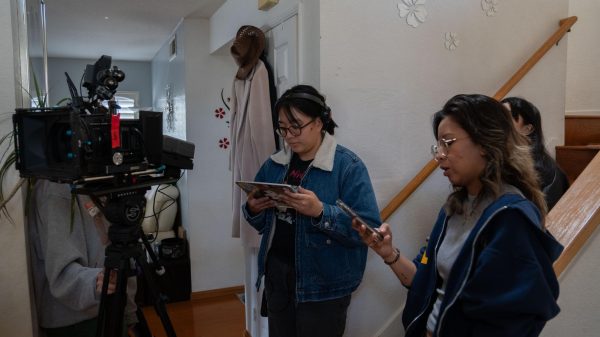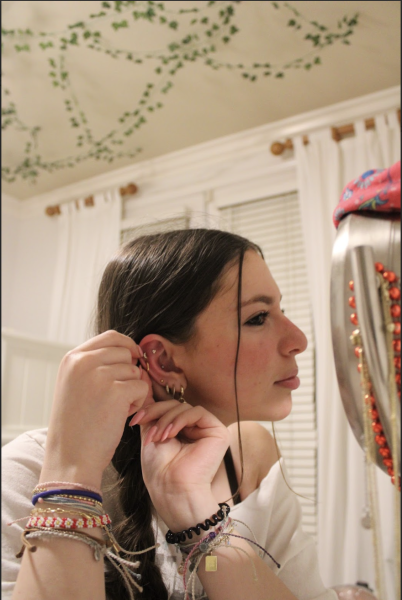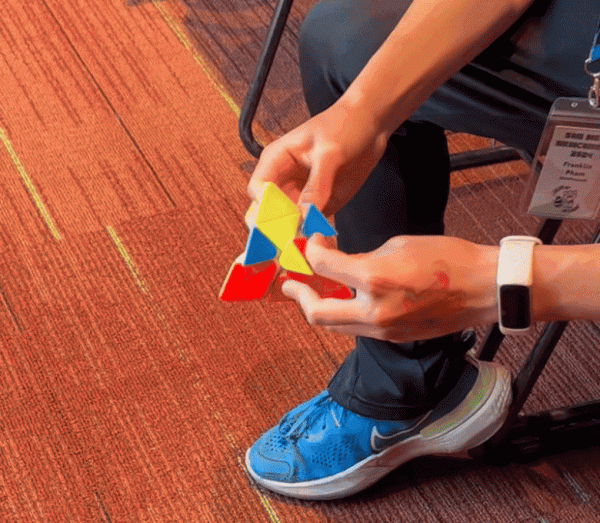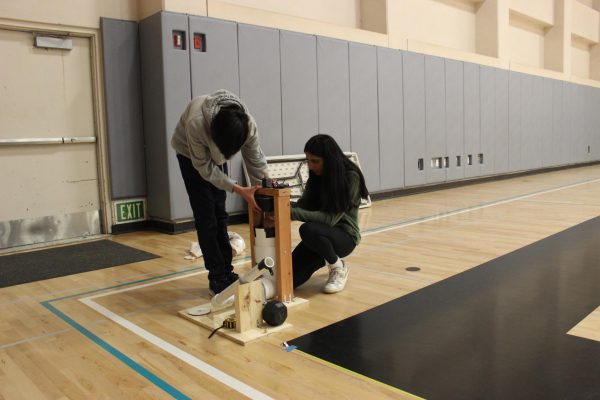Owens enrolls in United States Naval Academy
June 14, 2021
When Sayra Owens (12) entered high school, she had a plan: to excel academically and continue her education at a UC or another prestigious university.
It wasn’t until her sophomore year after joining ROTC when Owens realized that taking a traditional path wasn’t something she wanted to do. Her ROTC instructor, Captain Thomas Adams, attended the United States Naval Academy (USNA) after graduating high school. Hearing about his experience at the Naval academy and learning more about the school, Owens said, furthered her interest in pursuing a path similar to his.
“Around my sophomore year, he started talking to me more about the school, and around the beginning of junior year, I was pretty set on wanting to go to the school,” Owens said. “[Captain Adams] told me about how the cost for me to be there would be completely free which was something I was looking at when applying to schools, and he told me about the class sizes being really small so I could learn more. By the time my senior year came around, I was applying during the summertime.”
The application process for a service academy is similar to any other college requiring essays and supplementals, but with an additional mandatory fitness assessment that evaluates candidates’ physical abilities with a mile run, pull-ups, push-ups, crunches, shuttle runs, and a basketball throw.
Following the assessment, Owens also had to get medically approved by a military doctor, interview with an ambassador from the USNA, and apply for nominations from official sources. By sending in her transcript, resume, letters of recommendation, and essay detailing why she wants to attend the Naval academy, Owens was able to receive the Presidential nomination and the NJROTC nomination. Owens dedicated every weekend and almost everyday after school to completing her application.
Owens received her official offer of acceptance on February 25 after the almost four-month application process. Enrolling in a service academy instead of enlisting in the military directly after high school allows Owens to earn a college education, with a return of serving in the Navy as an officer for five years following her graduation.
“Once I’m at the academy, I’m considered active duty military, so I am going to be wearing my uniform every day,” Owens said. “But in a sense, we’re in a normal university where you’re getting a degree and then trying to find a job after.”
In addition to taking required courses for her planned major of quantitative economics, Owens will also enroll in classes that will prepare her for her service in the Navy.
“There are going to be classes where you’ll learn what’s on a boat, how to sail, and all kinds of things like that,” she said.
As part of her academy experience, Owens will be participating in the many traditions specific to the Naval Academy.
“The Academy was built in 1845, so it’s a really old school, and it has a lot of tradition built into it that a lot of other schools don’t,” Owens said. “Our freshman year is called the plebe year, and by the end of the year you do something called Sea Trials, which is a tradition where all the freshmen are being physically tested. But there are also [other] traditions, like there’s a really tall statue at the academy and everybody has to pile up on [each other] to put a white Navy hat on the top.”
Owens leaves for the academy on June 29, and while moving across the country wasn’t something she expected to do four years ago, she knows that attending the Naval Academy will offer her an experience that she couldn’t get close to home.
“I’m excited to have a different college experience from everybody,” she said. “It’s not going to be something normal, and it’s going to be a little bit difficult every now and then, but I’m pretty excited to see how I do.”








